In this guide, we’ll take an in-depth look at vegetables ideal for June planting in Zone 5, including their temperature tolerances, planting dates, and compelling tips for successful cultivation.
Beans
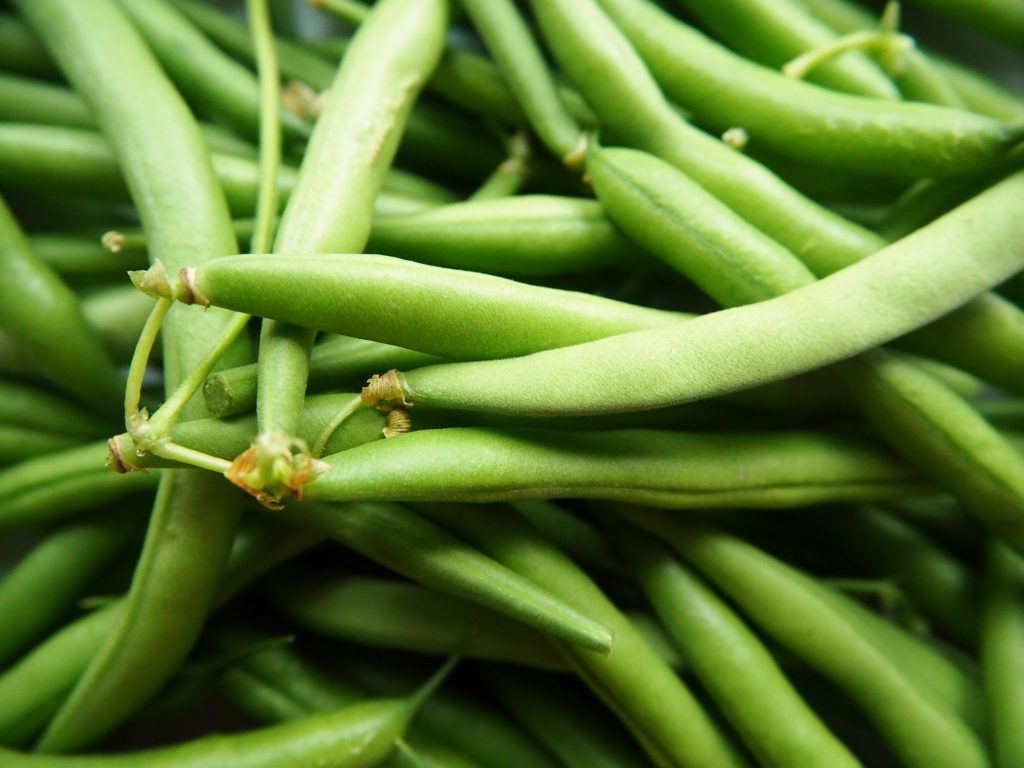
Temperature Tolerance: Beans flourish in warm conditions, ideally at temperatures ranging from 70°F to 90°F. They are very sensitive to frost, so it is crucial to plant them only after all frost danger has passed.
Planting Dates: In Zone 5, beans can be sown from mid-June onward. Aim for early to mid-June for the best results, as soils warm and the risk of frost diminishes.
Growing Tips: Beans are relatively easy to grow and are an excellent source of protein. They prefer well-drained soil rich in organic matter. In addition to being a great garden crop, beans also fix nitrogen in the soil, which can enrich subsequent plantings. Consider planting bush beans, which require less support, or pole beans, which can grow vertically and save space. Regular watering and weed management are crucial, especially as they establish themselves.
Cucumbers
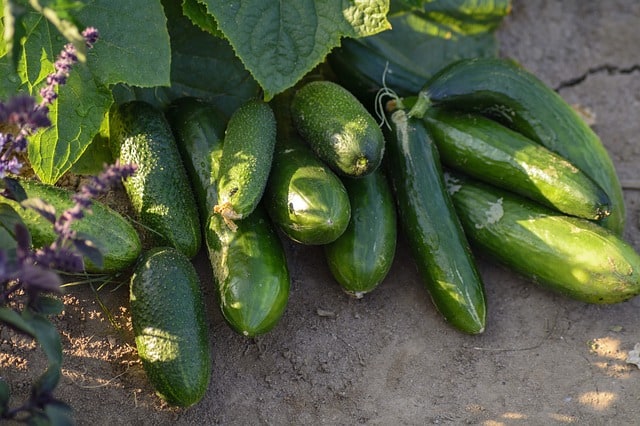
Temperature Tolerance: Cucumbers thrive in warm weather, preferring temperatures from 70°F to 95°F. They are extremely susceptible to frost.
Planting Dates: Plant cucumber seeds or transplants in early June once soil temperatures are consistently above 65°F. This timing allows for a robust growth period leading into summer.
Growing Tips: Cucumbers are vigorous climbers, so using a trellis can save space and improve air circulation, reducing disease risk. They love well-draining, fertile soil and require consistent moisture to develop tender, juicy fruits. Regular harvesting will encourage more fruit production. Additionally, planting varieties that are resistant to powdery mildew can lead to a more productive harvest.
Zucchini
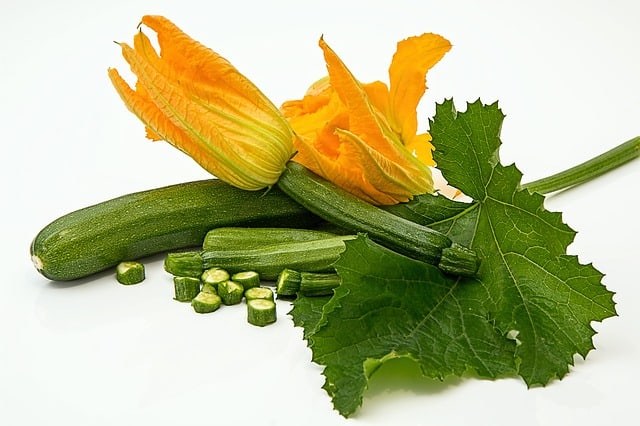
Temperature Tolerance: Zucchini grows well in a temperature range of 70°F to 90°F, thriving in the heat of summer.
Planting Dates: Seeds can be directly sowed in June, ideally from the first to the second week.
Growing Tips: Zucchini is known for its rapid growth and generous yield. They prefer rich, loamy soil enriched with compost or organic matter. Water regularly and mulch around plants to retain moisture and suppress weeds. Early harvesting is critical; zucchinis left to grow too large can become tough and seedy. Succession planting every couple of weeks can provide a continuous harvest through summer.
Squash
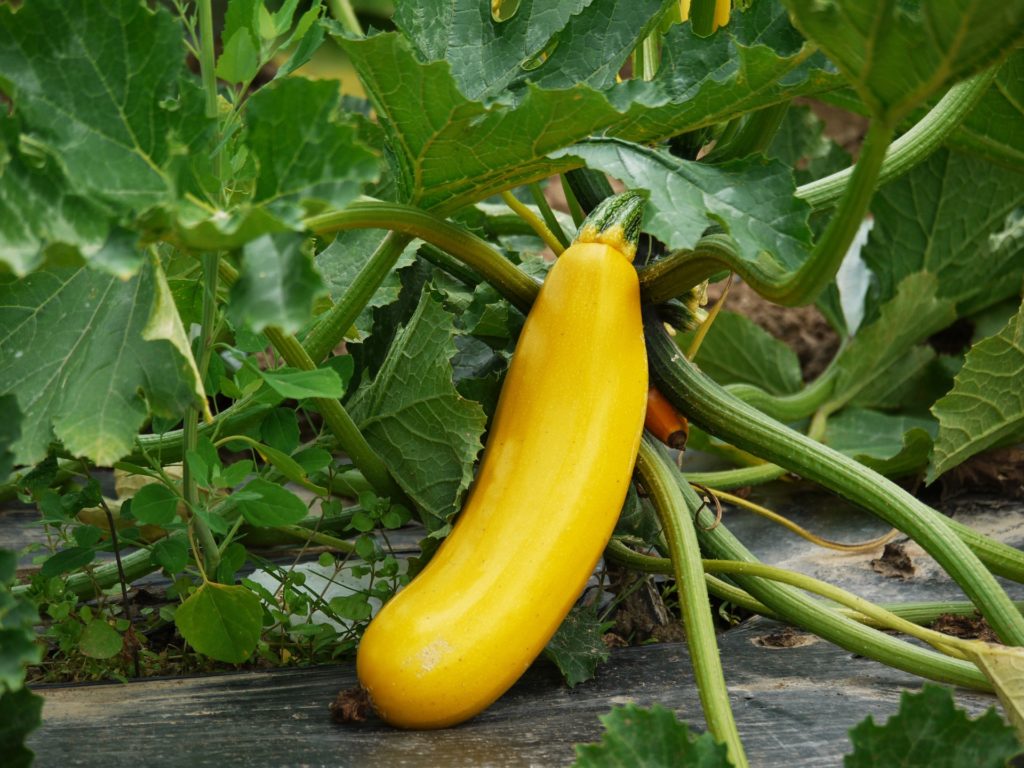
Temperature Tolerance: Like zucchini, summer squash varieties thrive best in temperatures between 70°F and 85°F and should avoid frost exposure.
Planting Dates: Sow seeds directly into the garden from early to mid-June for optimal growth.
Growing Tips: Ensure adequate spacing to prevent overcrowding, which can lead to fungal diseases. Summer squash benefits from full sun and consistent moisture. They are sensitive to root disturbance, so sowing directly in the ground is generally preferred over starting seeds indoors. Providing support for climbing varieties can also help maximize garden space.
Carrots
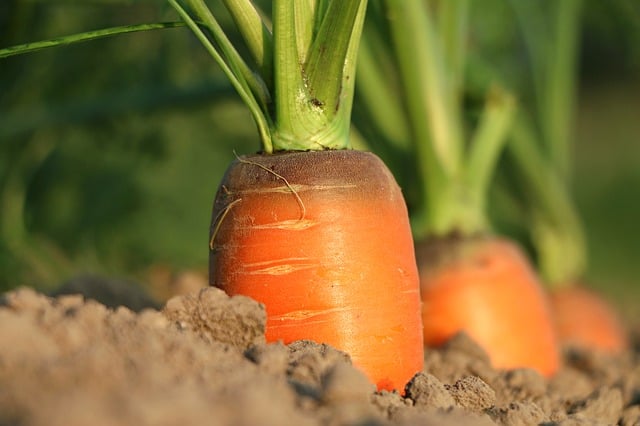
Temperature Tolerance: Carrots prefer cooler growing conditions, ideally between 60°F to 75°F, which makes late June planting effective as temperatures begin to moderate.
Planting Dates: Ideal planting time for carrots in Zone 5 is late June to early July.
Growing Tips: Carrots require well-drained soil for optimal root development. Rigid, compacted soil can lead to forked or deformed roots. Sow seeds in rows and thin seedlings to prevent competition for nutrients and space. Regular watering is critical, especially during germination, as they have a long taproot that requires consistent moisture to thrive.
Beets

Temperature Tolerance: Beets grow best between 50°F and 80°F, making them suitable for planting in June when temperatures begin to stabilize.
Planting Dates: Plant beet seeds in early June for a robust late summer crop.
Growing Tips: Beets are dual-purpose vegetables providing both delicious roots and edible greens. Like carrots, they prefer loamy, well-draining soil and benefit from light but consistent watering. Their growth can be accelerated by applying a thin layer of mulch to maintain soil moisture. Regular harvest of both roots and greens encourages further growth.
Lettuce

Temperature Tolerance: Lettuce thrives in cooler temperatures, with an ideal range of 60°F to 70°F.
Planting Dates: In Zone 5, late June is an optimal time to plant lettuce, allowing for cooler growth periods as summer progresses.
Growing Tips: Lettuce can bolt (go to seed) quickly in hot weather, so consider choosing heat-tolerant varieties if late June planting is anticipated. They perform best in well-drained soil with adequate moisture. Frequent harvesting encourages bushier growth. Protect seedlings from extreme heat with light shading or row covers.
Radishes
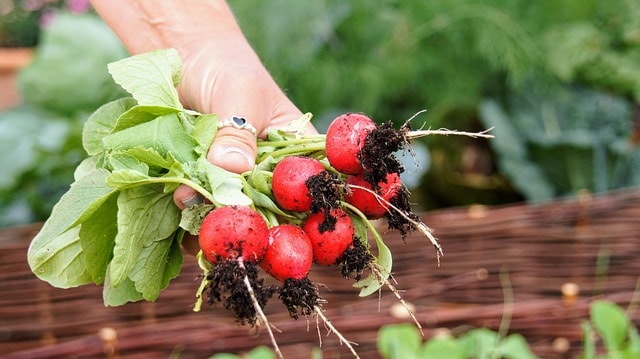
Temperature Tolerance: Radishes prefer cooler weather, ideally between 50°F and 75°F.
Planting Dates: Plant radish seeds in early to mid-June for rapid growth and yield.
Growing Tips: Radishes are one of the fastest-growing vegetables, often maturing in just three to four weeks. They require well-drained soil and benefit from being sown in succession for a continual supply. Sow thinly to reduce competition and water regularly, especially as they begin to swell in size. Radishes can also help break compacted soil, promoting overall garden vitality.
Peppers

Temperature Tolerance: Peppers thrive when temperatures are between 70°F and 90°F. They cannot tolerate frost and require warm soil to germinate.
Planting Dates: In Zone 5, transplant your pepper seedlings around mid-June once the danger of frost has passed.
Growing Tips: Peppers need full sun and well-draining soil rich in organic matter. Consider staking taller varieties for support. Regular watering is crucial, especially when the fruits are beginning to develop; inconsistent moisture can lead to blossom drop. Fertilizing every few weeks using a balanced formula can promote vigorous growth and fruiting.
Tomatoes
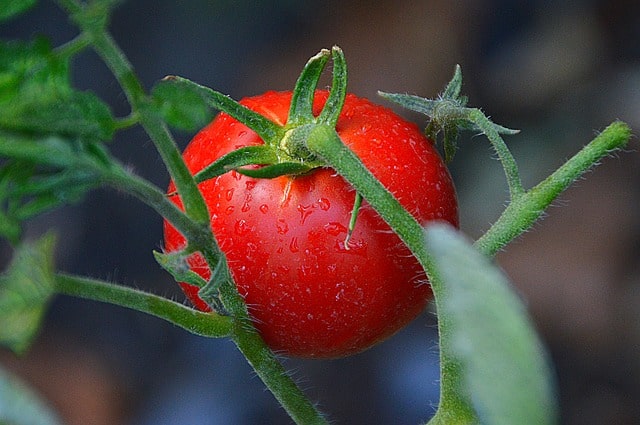
Temperature Tolerance: Tomatoes prefer warm weather, ideally flourishing between 70°F and 85°F.
Planting Dates: If starting from seedlings, June is the ideal month for transplanting outdoor tomato plants after frost risk has passed.
Growing Tips: Give tomatoes plenty of space to grow and air circulation through proper spacing. A deep mulch layer can help maintain moisture levels and control weeds around the base. Regular pruning of suckers (side shoots) can redirect energy toward fruit production rather than vegetative growth, maximizing your harvest. Different tomato varieties can offer diverse flavors and uses, so choose a mix based on your culinary preferences.
Eggplant
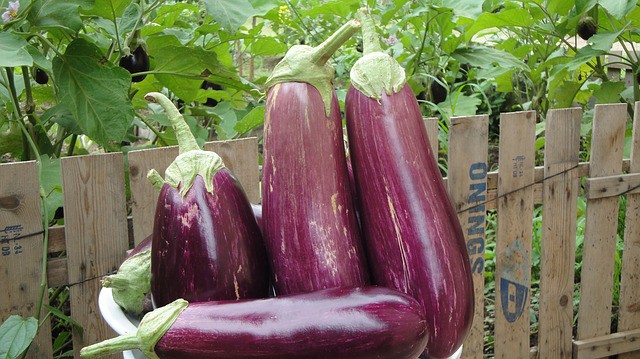
Temperature Tolerance: This heat-loving plant prefers temperatures ranging from 70°F to 95°F.
Planting Dates: Transplant eggplants into the garden in early June, ensuring there’s no risk of frost.
Growing Tips: Eggplants thrive in rich, well-draining soil and full sun. They require consistent watering to support fruit development, and regular fertilization with a balanced fertilizer can ensure healthy growth. Support taller varieties using stakes or cages. Harvest eggplants before their skin turns dull; the perfect time is when they’re firm to the touch and have a glossy finish.
Swiss Chard
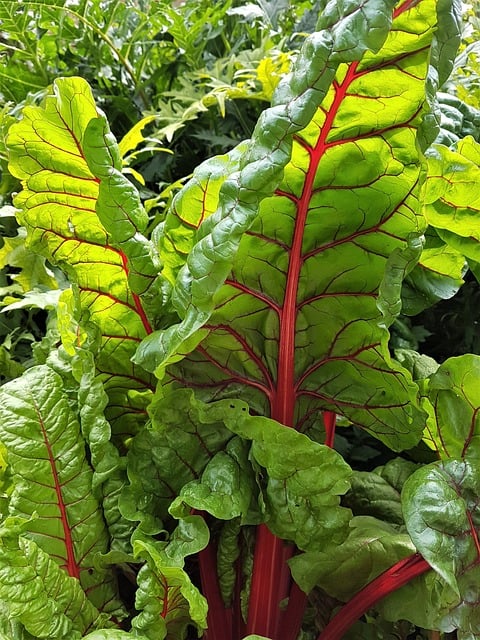
Temperature Tolerance: Swiss chard is quite resilient and thrives in temperatures ranging from 60°F to 75°F.
Planting Dates: June is an excellent time to sow Swiss chard seeds for a continuous harvest.
Growing Tips: Swiss chard is not only nutritious; it has a long growing season and can withstand light frost. It requires well-draining soil and regular watering for optimal leaf growth. Similar to other leafy greens, regular harvesting of the outer leaves promotes bushier growth. Chard’s vibrant colors can also make a stunning addition to your garden aesthetics.
Cucamelons
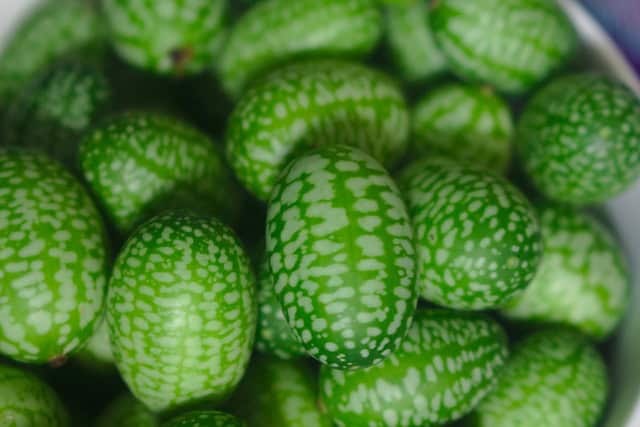
Temperature Tolerance: Cucamelons love the heat and perform best at temperatures between 70°F and 90°F.
Planting Dates: Plant cucamelon seeds in early to mid-June for optimal growth.
Growing Tips: This unique fruit resembles tiny watermelons and grows on vigorous vines. Trellising is recommended, as it supports growth and improves air circulation. Cucamelons thrive in well-drained soil and consistent moisture, and they usually produce fruit in about 70 days from planting. Their refreshing flavor is great for snacking and adding zest to salads.
Okra
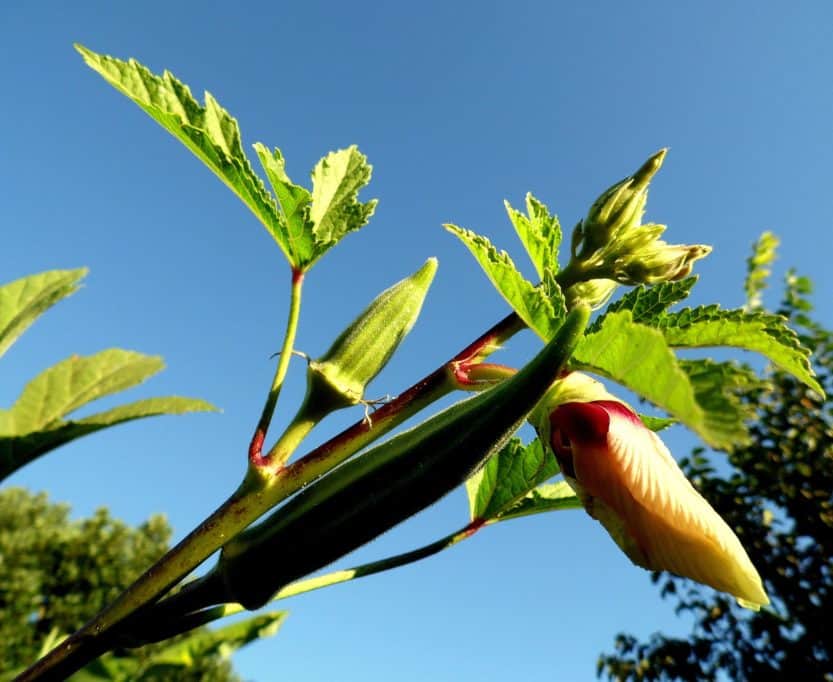
Temperature Tolerance: Okra performs best in warm, humid conditions, ideally between 75°F and 95°F.
Planting Dates: Direct sow okra seeds in early to mid-June for maximum growth and fruiting potential.
Growing Tips: Okra plants can grow quite tall and require full sun. Ensure to use rich, well-drained soil to prevent root issues. These plants are heavy eaters, so regular fertilization throughout the growing season will support robust growth. Harvest pods when they are small (2-4 inches) for the best tenderness and flavor.
Basil
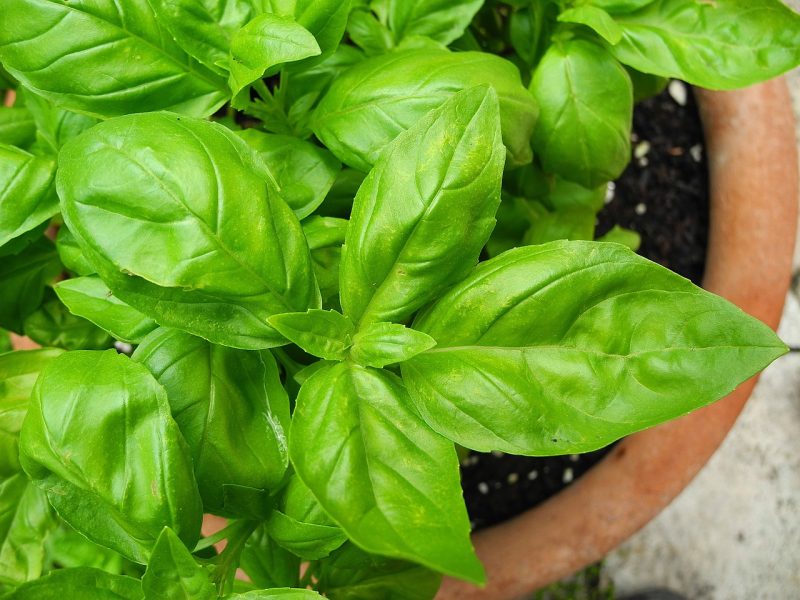
Temperature Tolerance: Basil thrives in warm weather, ideally between 65°F and 85°F.
Planting Dates: Plant basil seeds in late June to take full advantage of the warm summer conditions.
Growing Tips: Basil loves full sun and well-drained soil. The herb can become very bushy with proper pinching, which encourages more leaf production. Try to avoid flowering, as it can make the leaves taste bitter. Regularly pruning and harvesting fresh leaves will enhance growth and flavor. Basil pairs exceptionally well with tomatoes and is commonly grown in tandem with them.
Cilantro
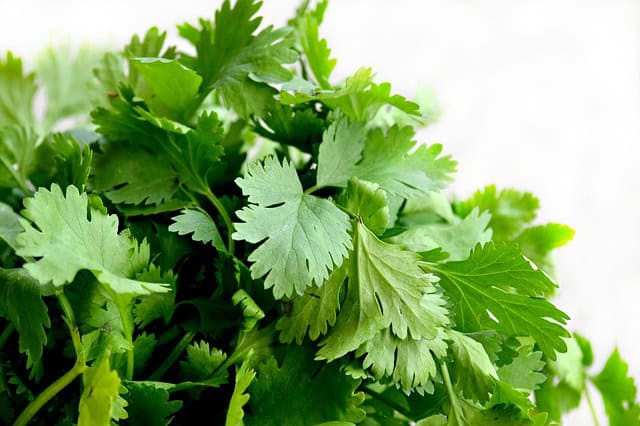
Temperature Tolerance: Cilantro prefers cooler conditions, ideally between 55°F and 75°F, allowing it to thrive in mid-summer.
Planting Dates: Sow cilantro seeds in late June to mid-July to ensure a robust harvest.
Growing Tips: Cilantro grows quickly and is often ready for harvest in about three to four weeks. Regularly cutting leaves can help prevent bolting, which happens when the plant goes to seed in hot weather. It prefers well-draining soil and can be grown both in the garden and in pots. Growing cilantro near other herbs can create a flavorful compact garden space.
Swiss Chard (Reiterated for Clarity)

Temperature Tolerance: Swiss chard is recommended for growing in temperatures between 60°F to 75°F, ideal for June in Zone 5.
Planting Dates: Sow in late June for a continued harvest during the summer months.
Growing Tips: Swiss chard is forgiving and can thrive in various soil types; however, rich, loamy soil will yield superior results. Water regularly, especially during dry spells, and harvest leaves as needed to encourage further growth. Its colorful stems can brighten up vegetable gardens and it blends well in salads or cooked dishes.
Melons
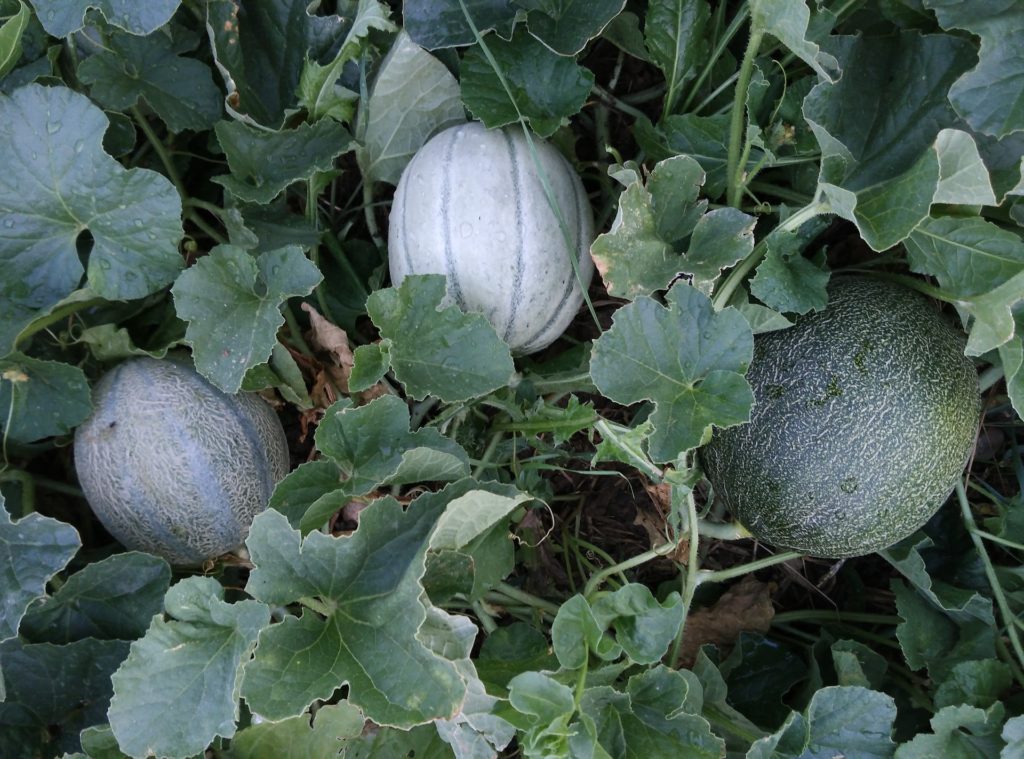
Temperature Tolerance: Melons flourish in warm weather, ideally at temperatures between 70°F to 90°F.
Planting Dates: Direct sow melon seeds at the end of June for a delicious summer harvest.
Growing Tips: Melons require a lot of space to sprawl, so ensure adequate planning in your garden layout. They prefer well-drained soil mixed with compost. As fruits start to develop, consistent watering is vital to prevent the fruits from splitting. Melons can be harvested when the skin changes color and the stem starts to wither.





